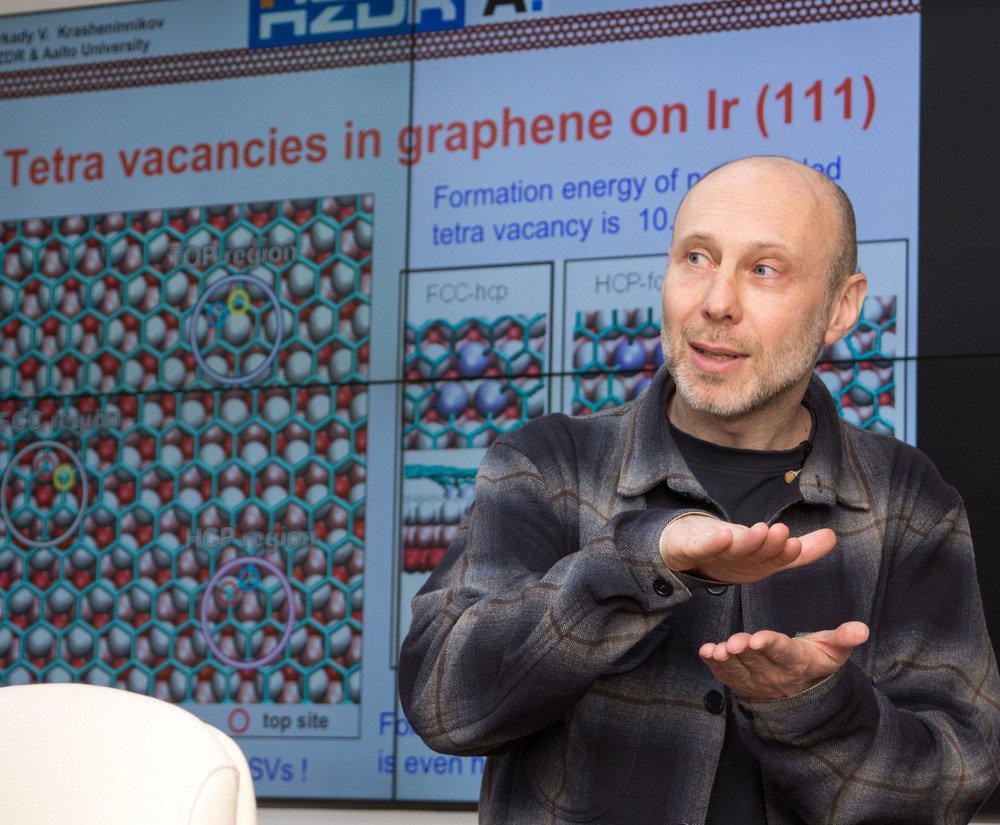This will allow scientists to use the material in DNA sequencing.

A group of international physicists jointly with NUST MISIS researchers have conducted a series of experiments on graphene bombardment by swift heavy ions. The experimental results show that such a bombardment allows for the creation of nanopores in graphene. The diameter of these nanopores can be adjusted in a range of 1 to 4 nanometers.
The experimental results on graphen bombardment by swift heavy ions, conducted by NUST MISIS scientists together with colleagues from the University of Helsinki and Aalto University (Finland), the University of Nottingham (the United Kingdom), the University of Duisburg-Essen (Germany), the University of Vienna (Austria), the Center of Research on Ions, Materials and Photonics CIMAP (France), Ruder Boskovic Institute (Croatia), and the Institute of Ion Beam Physics & Materials Research (Germany) have been published in “Carbon” journal.
The experimental results on grapheme bombardment with a large amount of ions of different masses of C, O, Si, I, Au, Ta, Xe with high-energy (up to 91 MeV) have shown that it is possible to create nanopores with a diameter from 1 to 4 nm when changing the energy of ions. Information on the dependence of nanopores on the energy of ions brings scientists closer to a controlled obtainment of such structures.
“We have experimentally and theoretically studied the process of nanopores occurrence (pores) in graphene after interaction between graphene with ions, as well as studying the dependence of pores` sizes on the type and ions` energy, and the nature of the appearance of these defects in grapheme have been explained”, said Arkady Krasheninikov, visiting Professor at NUST MISIS, Candidate of Physical and Mathematical Sciences, research author, and head of the “Minimization of degradation of two-dimensionalinorganic materials with the use of atomistic calculations” project.
According to Krasheninikov, “The current development of grapheme research is connected with studies of the possibility of controlled changes of its properties, for example by introductionof defects in its structure. The creation of defects in graphene can significantly change its electronic and conductive properties, and even lead to the induction of magnetism. One of the possible ways of introducing defects into a graphene structure is a bombardment of ions of different elements”.
Krasheninikov also added that scientists have been interested in nanoporous graphene for quite a while. He believes that the obtained nanostructures can be widely used in various fields of science and technology, in particular in the capacity of materials for the purification of liquids, DNA sequencing, etc.
"One expects that with a regular arrangement of pores in graphene, its spectrum would be readjusted into a semiconductive state and that would allow us to use it in electronics",—added Krasheninikov.


